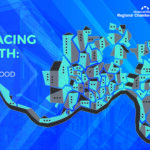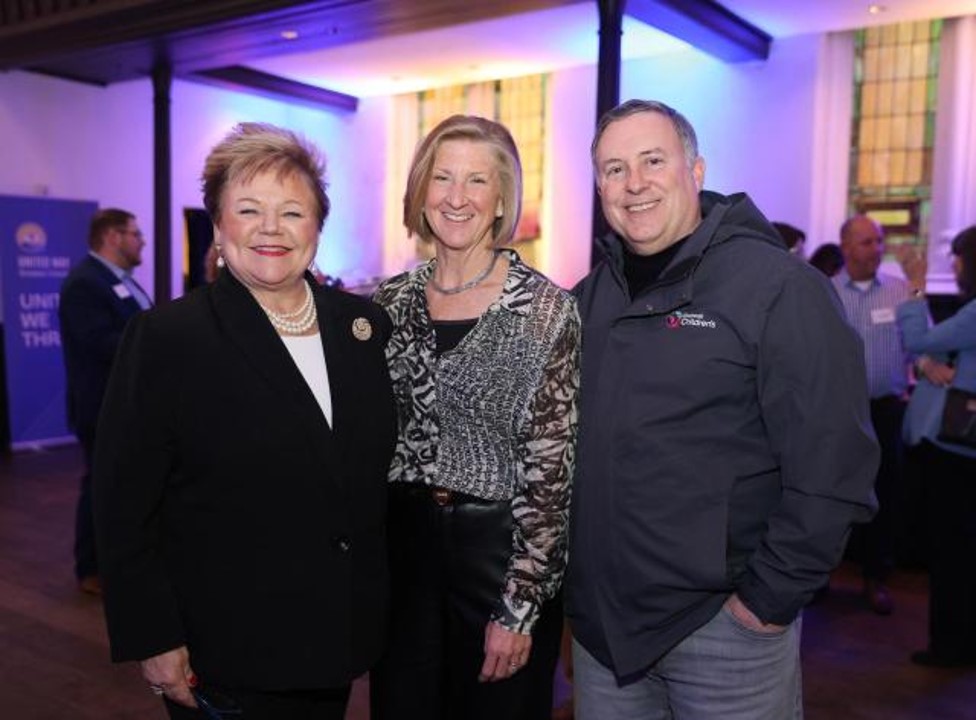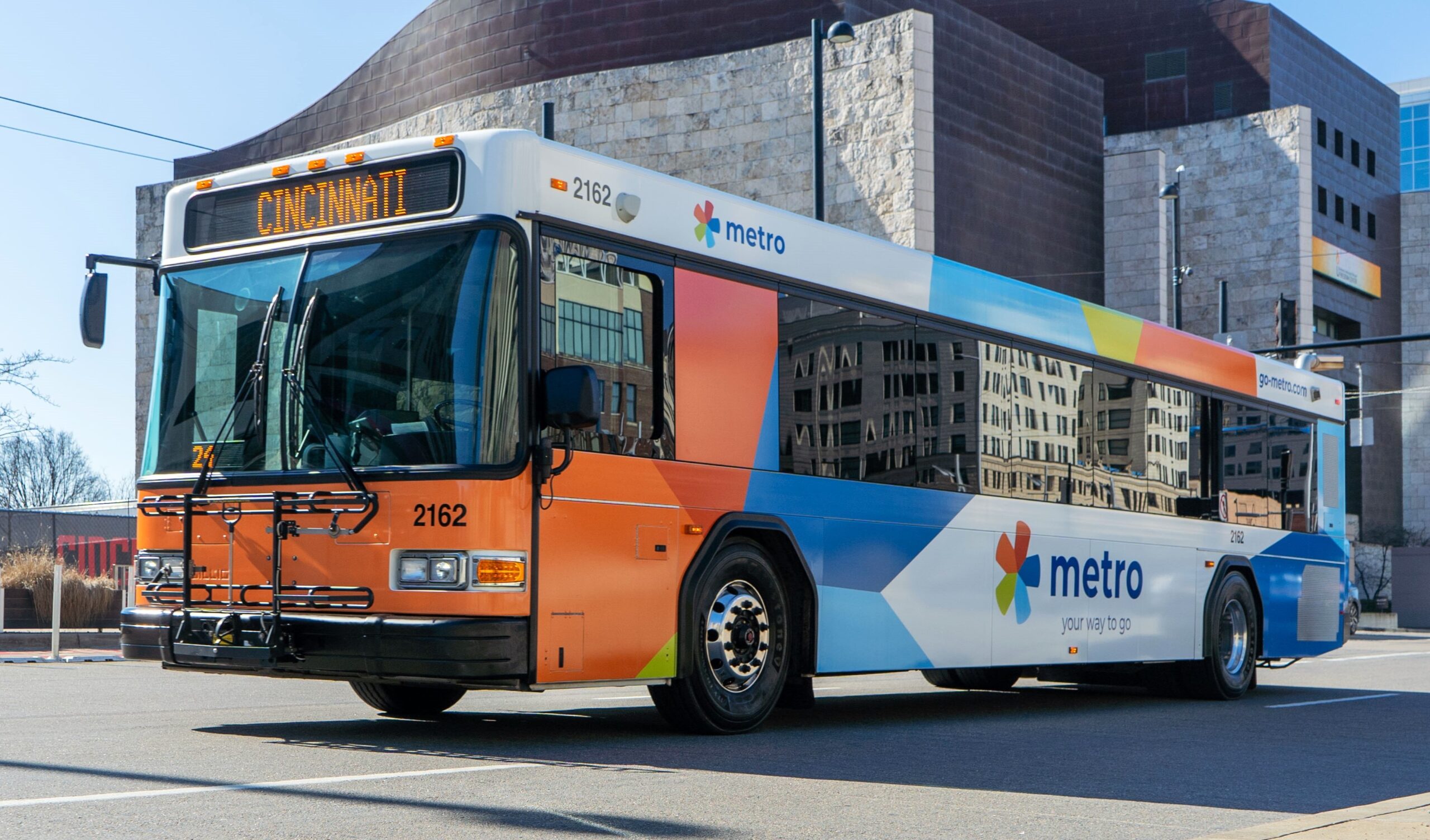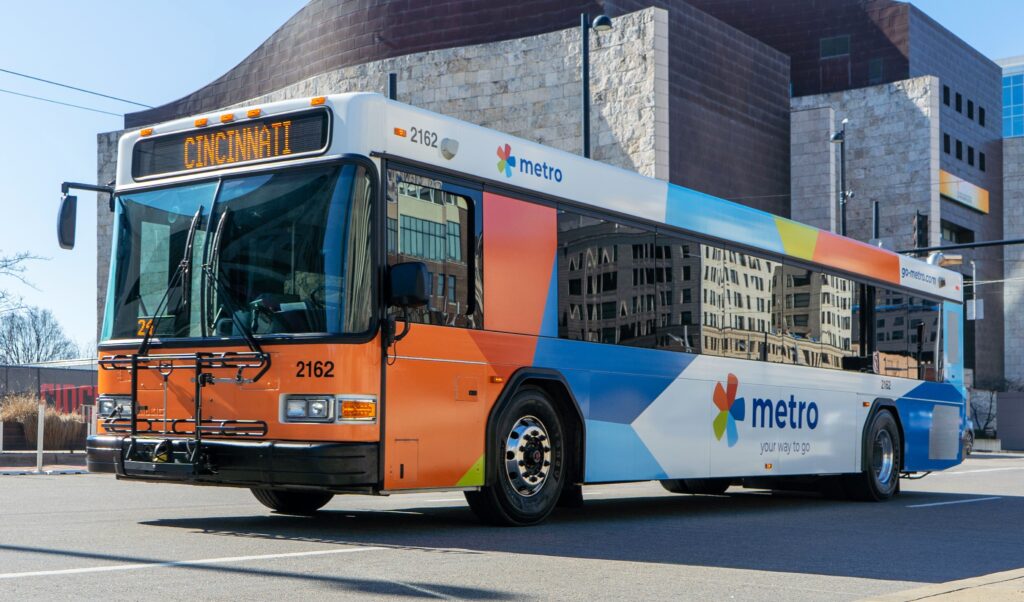Albert B. Sabin arrived in the United States with his family from Bialystok, Russia in 1920. He was 14 and spoke little English. He was tutored in English and math, and entered Paterson, New Jersey High School.
When he finished high school, an uncle offered to send Sabin to college if he agreed to become a dentist. Dentistry, however, failed to spark his imagination as medical research did. He entered New York University Medical School and worked his way through, graduating in 1931. A medical professor encouraged him to do research on poliomyelitis; New York was in the throes of an epidemic at the time. Sabin worked at the Rockefeller Institute for Medical Research before moving to Cincinnati in 1939.
Over the next thirty years, Dr. Sabin served as Associate Professor of Pediatrics, Professor of Research Pediatrics, and Distinguished Service Professor at the University of Cincinnati College of Medicine and the Children’s Hospital Research Foundation. During World War II, Dr. Sabin served in the United States Army Medical Corps, studying viral diseases threatening American troops in various parts of the world, and developed a vaccine for Japanese encephalitis.
Beginning on April 24 1960, “Sabin Sunday,” Dr. Sabin’s vaccine was first given to more than 20,000 children in Cincinnati; by the end of the following week, 180,000 had received the vaccine. Some 100 million children in Europe had already received the vaccine. Between 1962 and 1964, approximately 100 million people of all ages received the vaccine in the United States. It has been estimated that in its first two years of worldwide use, Dr Sabin’s vaccine prevented nearly 500,000 deaths and five million cases of paralytic polio. Dr. Sabin’s vaccine along with the inactivated police vaccine, erased the fear of polio from the world’s population. Currently, their vaccines together save an estimated 600,000 lives each year worldwide.
As a young doctor, Sabin once said he was struck by a “missionary zeal” to heal the sick. He insisted all along that not only would the vaccine be free, but that its administration would be free as well. Sabin would hold no patent on the vaccine he developed. He made no money from it.
“There would have been nothing wrong with him having it patented,” said Dr. William K. Schubert, of Children’s Hospital in Cincinnati. “But that wasn’t Albert Sabin’s philosophy.”
In his later years, Dr. Sabin turned his attention to investigating the relationship between viruses and cancer. After serving as President of the Weizmann Institute of Sciences in Israel from 1970 to 1972, he became a full-time expert consultant to the United States National Cancer Institute in 1974. That same year, Dr. Sabin was appointed Distinguished Research Professor of Biomedicine at the Medical University of South Carolina, a post he held until 1982. Between 1984 and 1986, Dr. Sabin was Senior Expert Consultant at the Fogarty International Center for Advanced Studies in the Health Sciences of the National Institutes of Health. Dr. Sabin continued working as a consultant and lecturer well into his eighties.
Dr. Sabin received many honors for his work, including 46 honorary degrees from universities around the world. His awards include the United States National Medal of Science (1971), Presidential Medal of Freedom (1986), Medal of Liberty (1986), Order of Friendship Among Peoples, awarded by the President of the Supreme Soviet of the U.S.S.R (1986), and the Ordem Nacional do Cruziero do Sol, Grau Grande Oficial (1986) and Gra Cruz do Ordem do Rio Branco (1991), bestowed by the President of Brazil. He was nominated for a Nobel Prize, and his name, along with Salk’s, is today among the most widely recognized names among physicians in the world.
He served on many advisory committees in medical research, including those of the National Institutes of Health, the United States Armed Forces, World Health Organization, and Pan American Health Organization. He was a member of the National Academy of Sciences, American Academy of Arts and Sciences, Association of the American Physicians, American Pediatric Society, and many other professional societies in the United States and abroad.
Dr. Sabin died in 1993.




